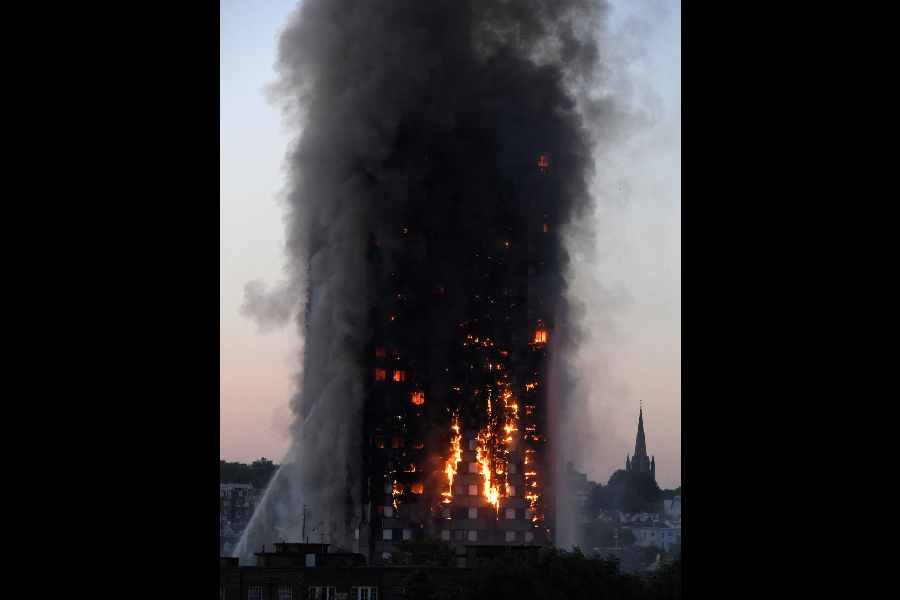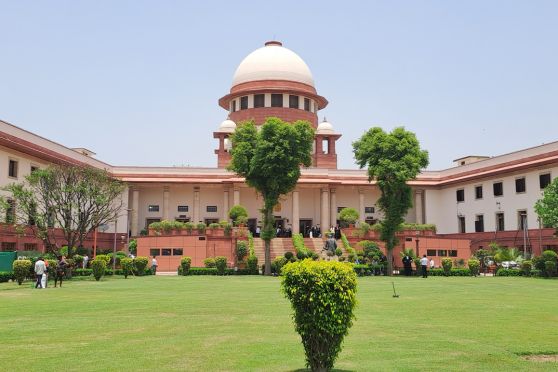Seven years after flames engulfed Grenfell Tower, a public housing block in West London, killing 72 people, a public inquiry on Wednesday blamed unscrupulous manufacturers, a cost-cutting government and reckless deregulation for the disaster, Britain’s worst residential fire since World War II.
The 1,671-page final report laid out a litany of corner-cutting, dishonest sales practices, incompetence and lax regulation that led to the tower being wrapped in low-cost flammable cladding, which, after it caught fire in the early hours of June 14, 2017, quickly turned the building into an inferno.
Many of the causes laid out in the report were documented in months of testimony before the inquiry, which was called by the prime minister at the time, Theresa May, and chaired over a seven-year period by a retired judge, Martin Moore-Bick.
But the report painted a damning picture of a Conservative-run local council, the Royal Borough of Kensington and Chelsea, eager to reduce costs, working with contractors who installed combustible cladding panels, purchased from suppliers who knew that they should never have been used in a high-rise building.
The suppliers “engaged in deliberate and sustained strategies to manipulate the testing processes, misrepresent test data, and mislead the market,” the report said. In the case of the flammable foam insulation installed alongside the panels, it said one of the key regulators, the Building Research Establishment, “was complicit in that strategy”.
Among the companies that came under the harshest criticism was Arconic, an American aluminum maker formerly known as Alcoa. It sold the cladding for Grenfell, the report said, but “deliberately concealed from the market the true extent of the danger” of using it in a high-rise structure.
The publication of the report is a milestone in the aftermath of the Grenfell tragedy, which has haunted Britain since 2017, when images of the burning building and of the desperate efforts to save its trapped residents appalled the British public.
In the years since, Grenfell has become a politically charged symbol of the costs of deregulation and of the persistent social inequality in Britain’s capital.
“How was it possible in 21st century London for a reinforced concrete building, itself structurally impervious to fire, to be turned into a death trap that would enable fire to sweep through it an uncontrolled way in a matter of hours, despite what were thought to be effective regulations designed to prevent just such an event?” the authors of the report said in setting out their investigation.
“There is no simple answer,” they concluded.
New York Times News Service











